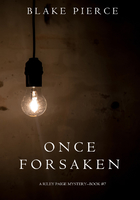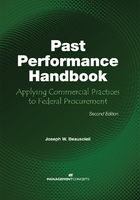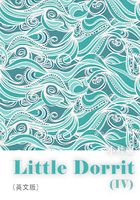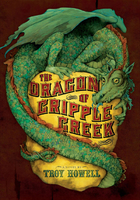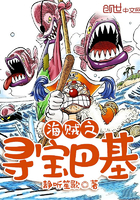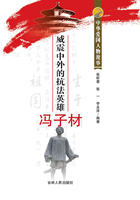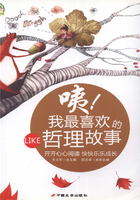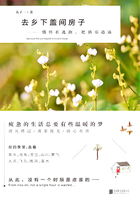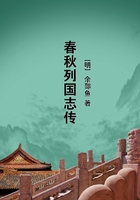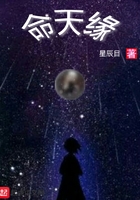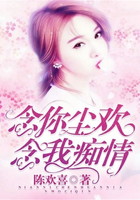Lionel and I became dear friends in the early 1980s. I met this extraordinary, world-renown baritone through a New York City artistic magazine in which he was featured. I had just been given permission to establish the Cultural Arts Institute (CAI) within the Brooklyn Truth Center. This was a dream that I shared with my pastor at the time, The Reverend Don Nedd, who allowed me to use the space of the well-over fifteen thousand square foot church building. Over a short period of time, the CAI became a hallmark for music and dance classes, with a slate of acclaimed professional instructors. Within a few months of Lionel becoming the piano instructor, the pastor invited him to be the director of music for the Brooklyn Truth Center. With both of us living in Manhattan, we looked forward to our journey together to Brooklyn on Sunday mornings.
Over time it became very noticeable that Lionel was not well, and his condition, which he would not speak about, was worsening. All of us, including the pastor, other members, and I, became concerned about his obvious "silent" illness.
Lionel did not show up for choir rehearsal one Thursday night, and we all knew something was very wrong. A few choir members quickly decided to drive up to Harlem to Lionel's apartment to see about him. They found him slumped over in his chair. Deceased.
The pastor fully supported Lionel's mom, who arrived from Texas having just lost another son several months earlier. I also visited with his mom while she was attending to the business of her deceased son. There was never any mention of Lionel's illness or what became of his body. There was no funeral or memorial service in NYC that I knew of. Our church, however, did recognize his transition and spoke of his greatness. I can still hear my friend singing, "I Surrender All." Lionel's voice captured the writer's soul when penning that song.
Perhaps two weeks after Lionel's death, the CAI's violin teacher, another world-renown artist who lived in Harlem, called me to inquire about the cause of Lionel's death. I remained clueless.
"GRID! I bet Lionel had GRID."
I had never heard that word and remained clueless to what it meant. Gay-related immune deficiency (GRID) would become a word I would learn much about in the years to come. I will never forget the next statement Jerry made. It would be the last time we spoke. "If I got that, I would kill myself." A few weeks later, Jerry found out he had GRID, now known as AIDS, and committed suicide.
In 1989, working at Harlem Hospital, I became tormented by the lack of family and spiritual support for people who were, at that time, dying of AIDS. These were the dark days of AIDS. I was and remain baffled about the absence of compassion for people who suffer from AIDS or any disease or devastating situation in life. The results of my good intentions and neophyte understanding about HIV and AIDS was the creation of the Harlem Week of Prayer for the Healing of AIDS, which gave birth to The Balm In Gilead, now an international nongovernment organization working to strengthen the capacity of faith communities in the United States and around the globe to become a beacon of light in areas of health promotion and disease prevention-and to serve all of God's people with compassion and knowledge, not with hatred and ignorance.
This book is not about HIV and stigma. It is about the inherited social disease of stigma that continues to infect each of us in some way and is passed on continuously from one generation to the next.
I am a child of stigma, shame, and fear. I grew up a colored child with congressional rulings that mandated that I drink from most often dirty, "Colored Only" water fountains. "White Only" signs stated with cruel punishment that I could not try on any shoes or clothes in the department stores in Charleston, South Carolina. I could not walk the shores of Folly or Myrtle Beaches. In fact, I was allowed only on the colored Atlantic Beach, passing all the "white only" beaches along the 116-mile drive. My mom had to pack a big lunch for the almost three-hour drive in both directions because colored people could not eat in any of the restaurants along the way. (There were no interstate highways.) During the long ride to the beach, once a year, the bus made at least two stops near the woods so that we could relieve our bodily functions behind a tree. Coloreds were not allowed in bathrooms.
I was also an obese child. "Fatty" and "Porky Pig" were my nicknames growing up. My father was an alcoholic. I grew up living with shame and fear. Fear of the next bully, my father included, who would attack me by hitting me or calling me names or taking my personal power away just by laughing at me. Oh, and by the way, I was adopted, which really wasn't a bad thing, until I found out that everyone knew about it except me.
I have spent most of my adult years working to heal myself of my inner shame and the impact of stigma on my life. I wish I could say I am all healed. But I am not. It is a lifelong process. Throughout my career in public health and as a spiritual being who stands strong in the awesomeness of God and His omnipotent glory, I have witnessed firsthand the erroneous, messy, filth of stigma in public health and in religious communities around the world. The messy filth of stigma is certainly strong and horrific among many of my beloved Christians of all races, who often seem to hate people just as much as they love Jesus. The same can be said about many of my dear colleagues in public health. Their great intentions to save humanity from sickness and disease are equalized by their inherited, institutional, and personal biases that judge one's character, tolerance for pain, and worthiness to live by the color of a person's skin, zip code, or socioeconomic status.
Stigma is a burdensome and heavy word. It carries the weight of negative and often unfair beliefs that we hold about each other. Perhaps most tragically, stigma locks people into stereotyped boxes and denies us all the right to be our authentic and whole selves. We all have the tendency to sit on our high thrones and look low as we proclaim how progressive we've become. However, the reality is that we both perpetuate and experience the burden of stigma in our public and private lives every day.
Yet another generation of children are being taught to hate other human beings for one reason or another. When does it stop? Stigma-like bombs are intended for the destruction of lives and territories. For many of us, we have had enough. However, without purging our own realities of hate-why we hate and how we hate-we will continue to pass on to our children and their children's children the world's greatest social disease: stigma. They, too, will grow up and live out their lives in shame and fear or as unconscious bigots.
For those who agree, we must stand up to persons and institutions that choose to kill and destroy human beings on any level. We must stand up to stigma everywhere! Each of us who believes in goodness and righteousness must work to eliminate stigmas about people who are different from us. We must stand up to laws and policies that discriminate against all people. Two institutions, in my opinion, that have the greatest influence to change how we think and live together as human beings are religious and public-health institutions. Religious and public-health discrimination policies must be acknowledged and eliminated if peace and righteousness will one day inherit the earth. Stigma and discrimination, resulting in shame and fear, are powerful war tactics that play out in schoolyards, grocery stores, places of worship, Congress, and within every home, every day. Institutions are made up of people. Each of us has a responsibility to be consciously clear about each decision that is made. Is it a decision of discrimination and bias or one of peace and righteousness?
This book is about examining who we have become and why. I believe we all can stand up to stigma and change representations in our places of worship, public-health institutions, and media; we can get rid of laws and policies targeting stigmatized groups and set an example for future generations, starting with our very own children and grandchildren.
Today, with factual knowledge and my own spiritual understanding, I am a practicing Christian, and I have great respect for all of God's people who make up the diverse mosaic of religious and spiritual paths, and I am a strong advocate for public health and science.

